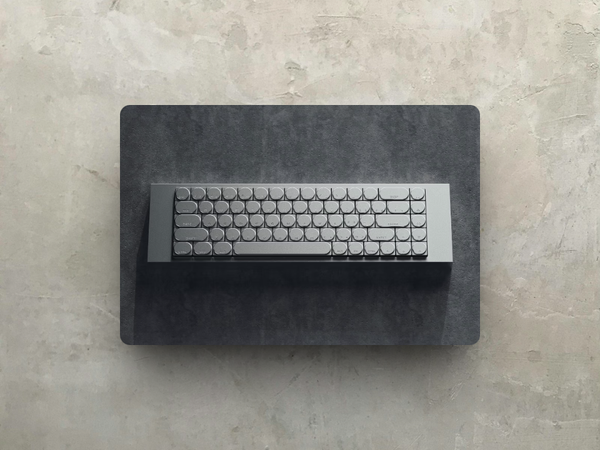Last updated: Sept 17 2024
TLDR: Webflow and Framer are leading no-code platforms for building websites. Webflow excels with extensive design control, customisation, and robust SEO tools, making it ideal for complex, content-driven sites. Framer shines with its user-friendly, drag-and-drop interface, perfect for rapid prototyping and visually interactive designs. Choose Webflow for advanced projects and SEO focus, and Framer for quick, simple websites.
No-code platforms have surged in popularity in recent years, enabling designers and developers to build fully functional websites without having to write a single line of code.
Two of the biggest contenders in this space are Webflow and Framer.
But which one is right for you? In this post, we'll dive into their strengths, and weaknesses, and help you figure out which no-code platform reigns supreme for 2024.
- Overview of Webflow and Framer
- Ease of Use
- Design Flexibility and Customisation
- Development and Integrations
- SEO Capabilities
- Pricing and Value for Money
- When to Use Webflow vs Framer
- The Best Platform
Overview of Webflow and Framer
Webflow has been around since 2013, gaining a reputation as the go-to platform for designers who want to combine pixel-perfect design with powerful development tools.
It’s a one-stop-shop for building fully responsive websites without touching code—though it still gives users the option to dive into the HTML/CSS if needed.
Webflow is popular with both individual designers and agencies looking to produce custom websites for clients.
Framer, on the other hand, started as a prototyping tool before evolving into a full-fledged no-code website builder.
While Webflow leans heavily into development, Framer remains primarily design-first, emphasising ease of use and interactivity.
Its drag-and-drop interface allows for rapid prototyping, making it perfect for those who want to iterate quickly.
Ease of Use
When it comes to user-friendliness, Framer takes the lead.
Its drag-and-drop functionality, paired with an intuitive interface, makes it accessible to anyone—even those without a design background.
It’s quick to pick up and perfect for designers who want to create interactive prototypes or simple, visually-driven websites fast.
Webflow, by contrast, has a steeper learning curve.
Its interface mirrors traditional development tools, with complex features that can be daunting for beginners.
You’ll need to invest time into learning the platform, but once you do, the payoff is immense. The control and customisation options are unparalleled.
Design Flexibility and Customisation
Webflow offers unmatched control over design and development.
Designers can fine-tune every detail, from animations to interactions, with pixel-perfect precision.
You can dive deep into the code behind your design if you want to, allowing for complex customisations.
Webflow is ideal for those who want full creative freedom and the ability to build anything from landing pages to fully-featured e-commerce sites.
Framer takes a more streamlined approach.
It shines in creating visually rich, interactive designs quickly. Its design-first nature limits some of the deep customisation that Webflow offers, but for many, this is a good thing.
Framer’s simplicity makes it easier to focus on the design itself without getting bogged down by technical details.
Development and Integrations
When it comes to development capabilities, Webflow pulls ahead.
It provides a fully-fledged CMS, allowing users to build dynamic, content-driven sites. Webflow also offers robust integration options, making it perfect for designers who want to build more complex, custom websites.
You can add custom code, work with APIs, and extend functionality far beyond the basics.
Framer, in contrast, is built more for speed and simplicity.
It’s great for quickly iterating on designs, but it falls short when you need more advanced development capabilities.
If you’re planning to build a large-scale, content-driven website, Framer’s backend capabilities are more limited.
SEO Capabilities
Webflow has built-in SEO tools that are second to none.
You can control everything from meta titles and descriptions to alt tags and schema markup. It’s designed to help your site perform well in search, making it a solid choice for anyone focused on SEO from the start.
Framer, while competent, isn’t as SEO-centric as Webflow.
It provides basic SEO tools, but it doesn’t offer the same level of control over SEO factors like structured data or advanced meta settings.
Pricing and Value for Money
Both platforms offer a range of pricing tiers.
Webflow can get expensive, especially if you want to unlock the full suite of features like e-commerce or a large CMS.
However, for the sheer amount of control and flexibility it provides, Webflow offers tremendous value.
Framer is more budget-friendly and offers a simpler pricing structure, making it appealing for smaller projects or those with tighter budgets.
When to Use Webflow vs Framer
Choose Webflow if:
- You need advanced customisation options
- You’re building a complex, content-driven website
- SEO and performance are priorities
- You want full control over design and development
Choose Framer if:
- You’re focused on rapid design and iteration
- Interactivity is a major part of your project
- You want a user-friendly interface without diving into technical details
- You’re building smaller, simpler websites
The Best Platform
Both Webflow and Framer have their strengths, but they serve slightly different purposes.
Webflow is unbeatable for those who want total creative control and need to build more complex, SEO-friendly websites.
However, Framer shines for designers looking to quickly bring interactive prototypes or small websites to life.
Ultimately, your choice depends on your project’s needs.
If you’re building a large, scalable website and don’t mind investing time to learn the tool, go with Webflow.
But if you want to get something visually compelling up and running quickly, Framer is the way to go.











